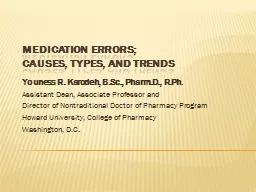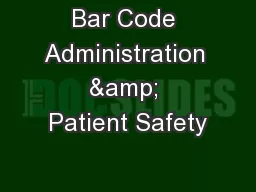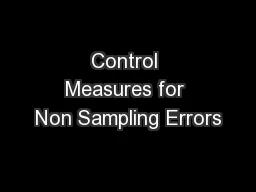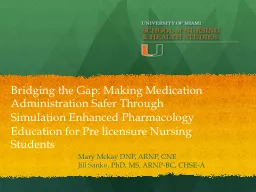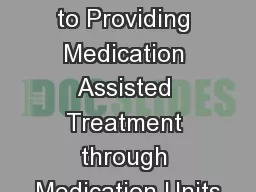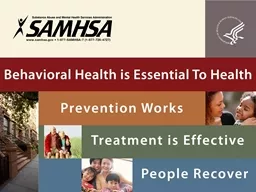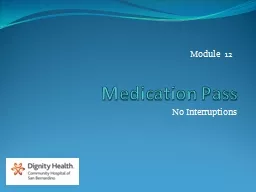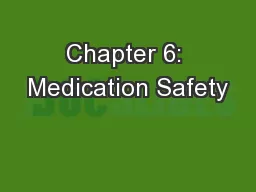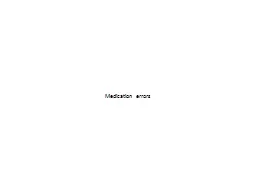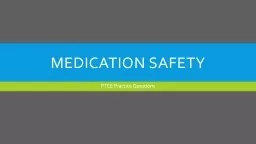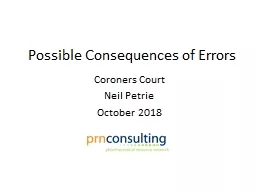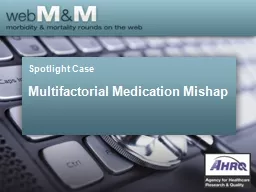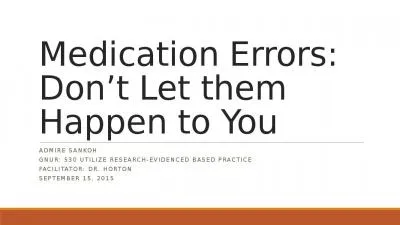PPT-Medication errors; causes, types, and trends
Author : liane-varnes | Published Date : 2018-10-29
Youness R Karodeh BSc PharmD RPh Assistant Dean Associate Professor and Director of Nontraditional Doctor of Pharmacy Program Howard University College of Pharmacy
Presentation Embed Code
Download Presentation
Download Presentation The PPT/PDF document "Medication errors; causes, types, and tr..." is the property of its rightful owner. Permission is granted to download and print the materials on this website for personal, non-commercial use only, and to display it on your personal computer provided you do not modify the materials and that you retain all copyright notices contained in the materials. By downloading content from our website, you accept the terms of this agreement.
Medication errors; causes, types, and trends: Transcript
Download Rules Of Document
"Medication errors; causes, types, and trends"The content belongs to its owner. You may download and print it for personal use, without modification, and keep all copyright notices. By downloading, you agree to these terms.
Related Documents

